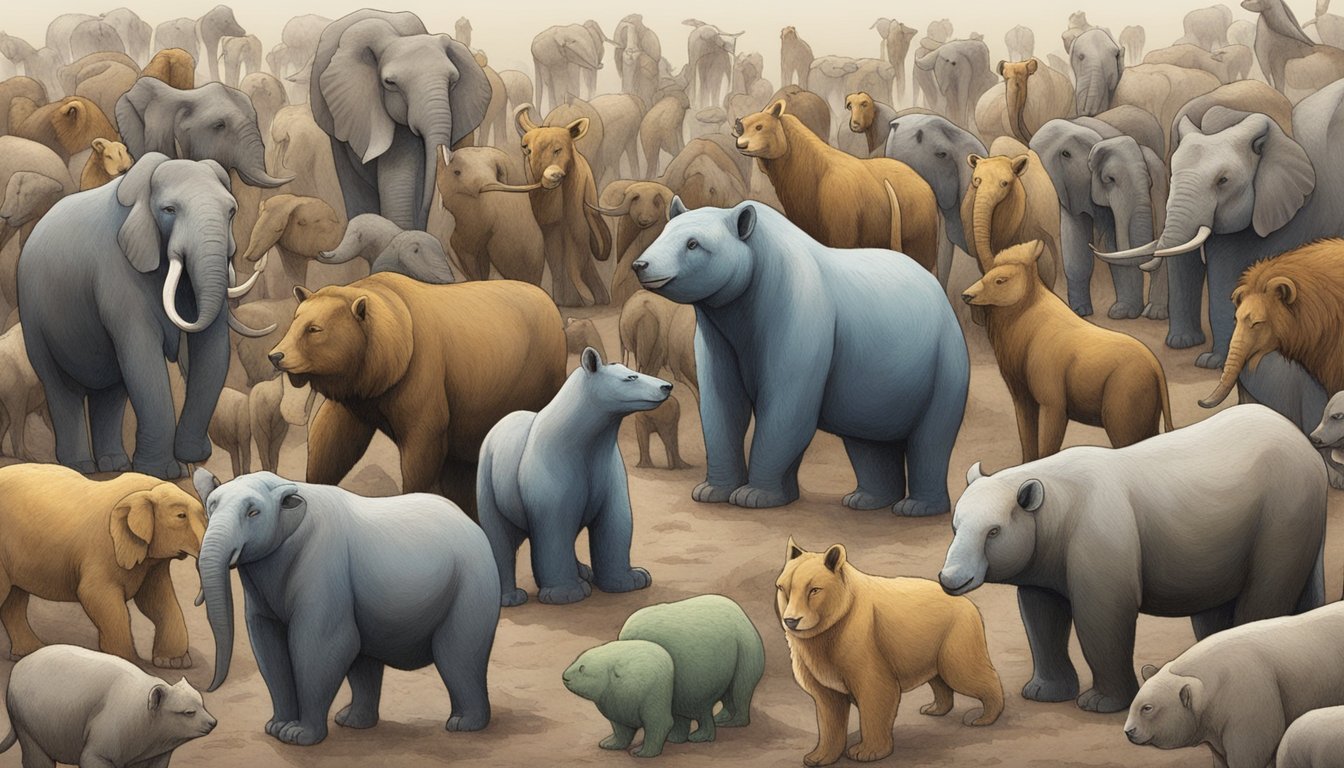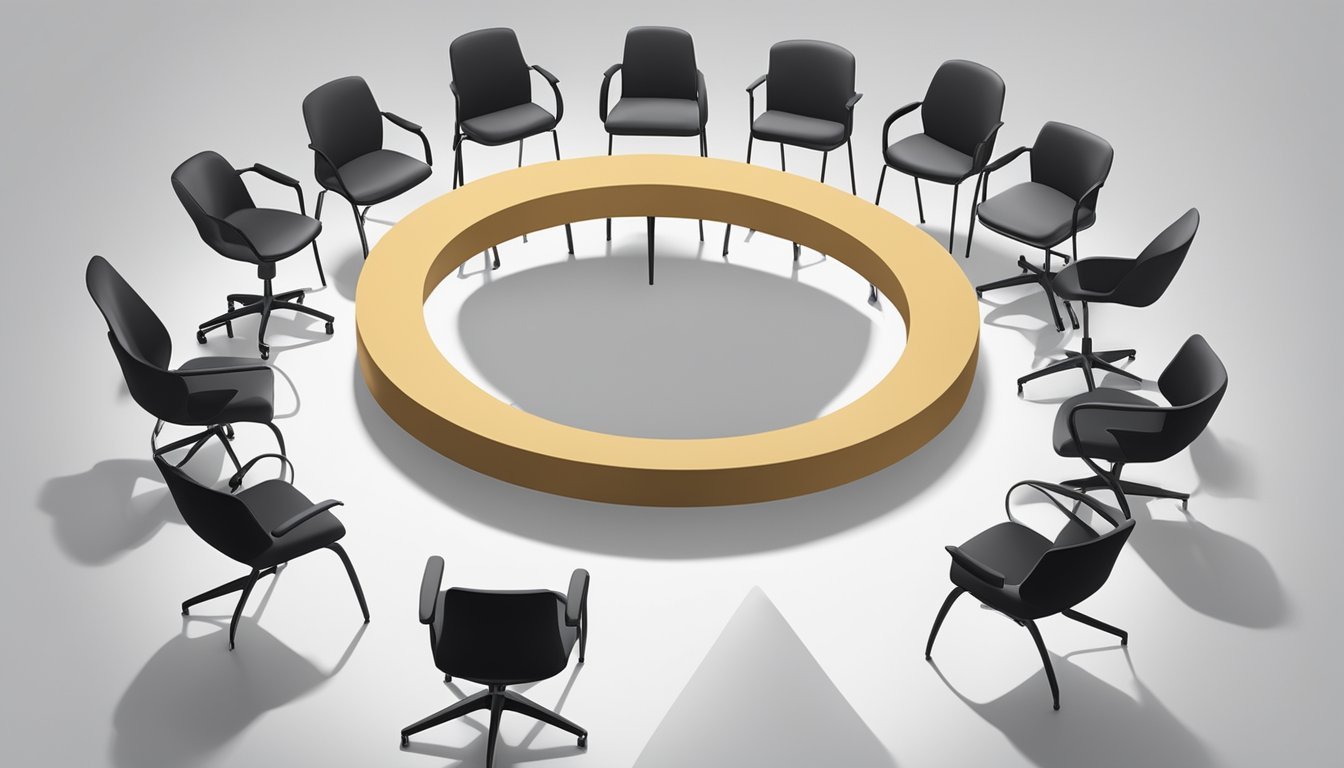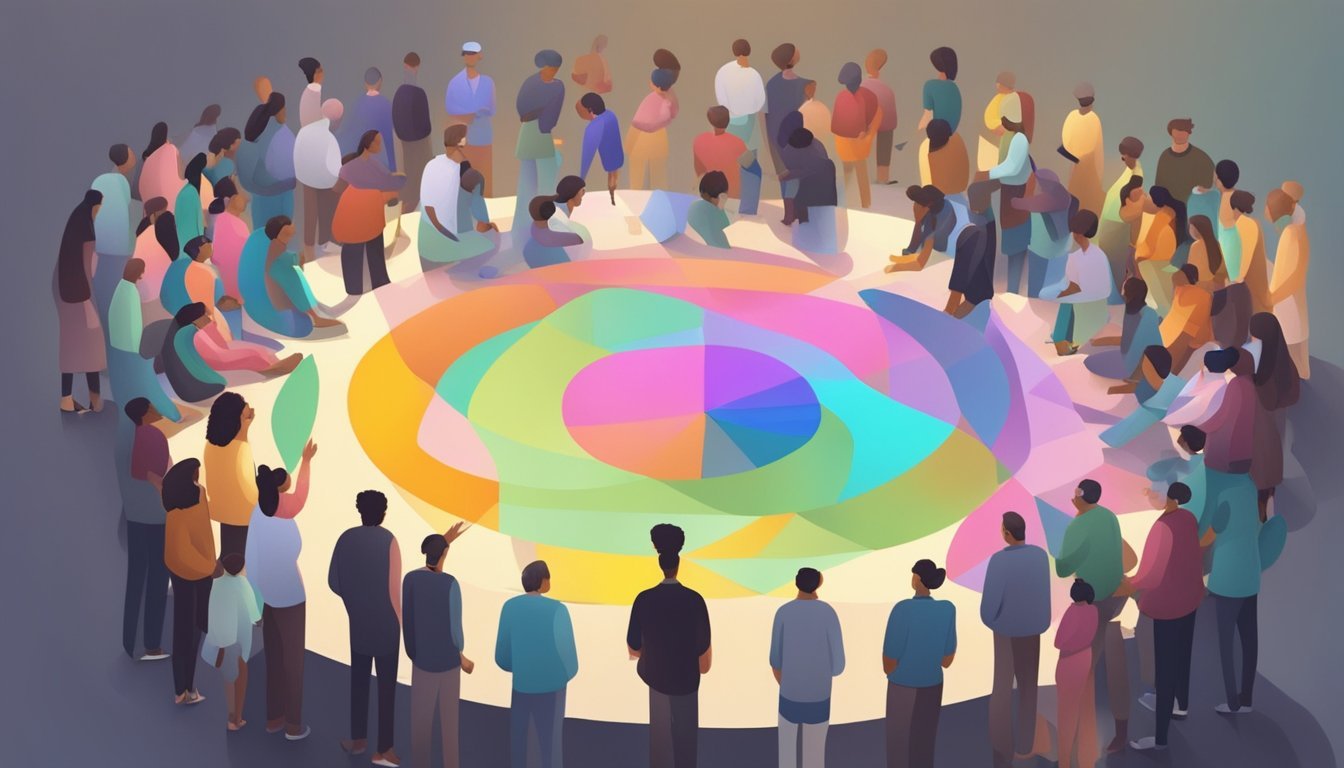Group Dynamics and Behavior: How Teams Tick

Ever wondered why people act differently in groups? 🤔 Group dynamics and behavior can teach you a lot about how individuals change when they come together. Groups can influence your actions, thoughts, and even feelings in surprising ways.

From school classrooms to workplace teams, every group has its own unique vibe.
When you’re in a group, you’re not just yourself; you’re part of something bigger.
This connection affects how you interact with others and how you perceive the world around you.
To dive deeper into these fascinating dynamics and discover some secret spiritual knowledge, check out this link.
Whether it’s handling social situations better or understanding your own behavior, group dynamics can offer you a fresh perspective. 🌟
Exploring Group Roles and Structures

Understanding group roles and structures is key to figuring out how groups work.
From leadership styles to communication networks, each part plays a role in the group’s effectiveness.
Role Theory
In any group, roles define what each person does.
There are two types of roles: task roles and social roles.
Task roles focus on getting the job done, like planning, organizing, and delegating tasks.
Social roles help to keep the group together.
These include roles like the peacemaker, the encourager, and the critic.
Knowing your role helps everyone work better together.
It ensures that no one is overburdened and that all necessary functions within the group are covered.
Your role can sometimes change, depending on what the group needs.
Leadership Styles
Leadership can make or break a group.
There are mainly three styles of leadership: autocratic, democratic, and laissez-faire.
- Autocratic leaders make decisions without input from others. This can be efficient but may lead to group members feeling ignored.
- Democratic leaders involve group members in decision-making. This usually results in higher satisfaction among members.
- Laissez-faire leaders take a hands-off approach, letting group members make the decisions. This can work well if the group is highly motivated.
Choosing the right leadership style is important for keeping the group motivated and productive.
Communication Networks
How people communicate in a group affects how well the group functions.
There are different types of communication networks, including centralized and decentralized networks.
- In a centralized network, all information flows through one person. This can be efficient but can also create bottlenecks.
- In a decentralized network, information is shared more freely among all members. This encourages collaboration but can sometimes lead to confusion.
Effective communication ensures that everyone is on the same page and can contribute to the group’s goals.
Group Cohesiveness
Group cohesiveness refers to how much group members like and trust each other.
High cohesiveness often leads to better cooperation and higher morale. 🚀
Group cohesiveness is influenced by factors like:
- Similarity: Sharing similar interests and goals.
- Stability: Groups that stay together longer tend to be more cohesive.
- Size: Smaller groups usually feel more connected.
Making efforts to build cohesiveness can lead to a more effective and enjoyable group experience.
Status and Power Relations
Status and power play a significant role in group dynamics. Status refers to the social ranking or prestige of group members. Power is the ability to influence others in the group.
- High-status members often have more say in decisions.
- Power can be formal (based on position) or informal (based on personality or expertise).
Understanding the status and power dynamics helps you navigate the social landscape of the group.
It ensures that decisions are made fairly and that all voices are heard.
Explore secret spiritual knowledge for deeper group understanding: Secret Spiritual Knowledge 🕉️
Dynamics of Group Behavior

Group behavior is all about how people interact, make decisions, and handle conflicts within a group.
You’ll learn about decision-making, conflict management, conformity, and cultural impacts on groups.
Decision-Making Processes
In groups, decisions are made through discussions and votes.
Sometimes, one person may lead the decision-making.
This person helps keep the group focused and ensures everyone’s voice is heard.
Groups might use strategies like brainstorming to gather ideas.
Make sure to consider the pros and cons of each option.
📝 Pro tip: Encourage everyone to participate! When everyone contributes, you get more creative solutions.
When one person dominates, it can stifle innovation.
Conflict and Cooperation
📊 Conflict can arise from differing opinions, competition, or miscommunication.
It’s natural and, if managed well, can actually be beneficial.
Talk things out respectfully and find common ground.
Cooperation is essential too.
When everybody works together, the group achieves more.
Tasks are divided based on each person’s strengths.
Embrace collaboration to solve problems effectively.
Remember, balancing conflict and cooperation is key to a healthy group dynamic.
Peer Pressure and Conformity
👥 Peer pressure occurs when group members influence each other to act a certain way.
This isn’t always bad.
Positive peer pressure can encourage healthy habits or better performance.
However, conformity can lead to people going along with the group, even if they disagree.
This happens to avoid standing out or causing conflict.
Always aim for a balance where individuals feel safe expressing their true opinions.
check out this link for secret spiritual knowledge on deeper group influences
Groupthink and Group Polarization
Groupthink happens when a group values harmony over critical thinking.
People may ignore alternatives or suppress doubts to keep the peace.
This can lead to poor decisions with little debate.
🔍 Be aware of signs of groupthink, like ignoring new information or self-censorship.
To avoid it, encourage diverse opinions and consider all options before deciding.
Group polarization refers to the tendency of group discussions to lead to more extreme positions.
After talking, group members might hold stronger views than before.
Always test the strength of arguments and remain open to different perspectives.
Cultural and Diversity Impact
Cultural diversity can greatly influence group dynamics.
Different backgrounds bring unique viewpoints, leading to richer discussions. Diversity in a group promotes creativity and innovation by combining varied experiences.
However, cultural differences can cause misunderstandings.
Pay attention to communication styles and be respectful of different practices.
Including everyone’s voice strengthens the group.
🌍 Embrace cultural diversity! It’s a powerful way to enhance group behavior and outcomes.
Remember to apply these key points as you navigate group dynamics in your own life.👩👧👦

